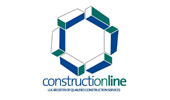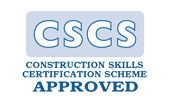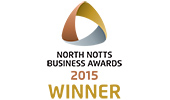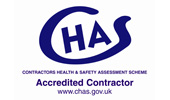Bonded Screed Definition?
Bonded screed definition? Just what is a bonded screed?
I’m Andy Parkin, Managing Director of the Multi-Award-Winning Speed Screed. What is the bonded screed definition?
Bonded Screed
When a screed is described as bonded, this means that it is connected, that it is bonded to the substrate. It effectively means that the substrate and the screed become as one.
Substrate
What is the definition of a substrate? Generally, the substrate will be the structural element of the floor, and that can be a few different types of materials.
- Insitu concrete, it can be concrete that is poured directly into the project, into the building.
- Beam and block. Concrete blocks resting on concrete beams, and the screed would be bonded directly onto the top of the blocks, thus giving the final levelling surface.
- Pre-cast planks can be classed as a structural substrate. The planks are prepared offsite at a precast yard, and then delivered to site. Generally the planks are hollow core to make them a little bit lighter, and they would be craned into position within the building, and then the screed will generally go on top to level.
- Metal decking. This fast track construction method, is where the screed is laid directly onto the metal decking.
How Does Screed Bond?
How would it actually bond? If you place a screed on top of concrete without any methods of bonding, it does have a tendency to want to bond. In certain areas it will bond, some areas it may not. That type of construction is classed as semi-bonded. But if your intention is, or the requirements of the products are that it needs to be bonded, then you are going to need a bonding agent or primer to bond the substrate to the screed.
Substrate Preparation
First of all the surface needs to be check to se if it is suitable for bonding.
- Is it clean?
- Is it stable?
- Is it open-textured enough?
- Are the pores/capillaries open to accept a bond?
If it is old concrete it may be contaminated with grease or oil, then there is going to be some surface preparation required, generally grinding or shot blasting. If it is new concrete, then generally the first one or two mm of the concrete matrix needs to be taken away, again by the grinding, or shop blasting, just to take that laitance from the surface of the concrete.
It may be the concrete substrate has been power floated. When we say power floated, it is power troweled, so it smooths the surface off, makes it harder, makes it smoother on the surface, but that then makes it harder to bond to. Power floated surfaces will often require opening up with grinding or shot blasting so it can actually take the bonding agent into the capillaries and then to allow the screed to be bonded to the surface.
When To Use A Bonded Screed?
Generally, when would you use a bonded screed? It tends to be when the screed needs to be at its thinnest. If you are working with a smoothing compound, then that can be anything from feather-edge through to 5 mm.
A modified sand and cement screed can be from 10 mm through to about 40 mm for a traditional screed, where bonding is required. If it wasn’t bonded to the substrate, then you are likely to get cracking and eventually it would probably crack and crumble later. It directly draws from the strength of the substrate, so that would be the reason for bonding.
We are here to help, contact us.
Our Accreditations
About Speed Screed
Speed Screed Limited was founded on the key principle of providing first-class customer service. It has since built itself an impressive reputation for delivering high-quality projects across the United Kingdom.
The company’s success is built on its belief in quality work, attention to detail, on-time completion, strong working partnerships and the recruitment of top-level staff. about us >








